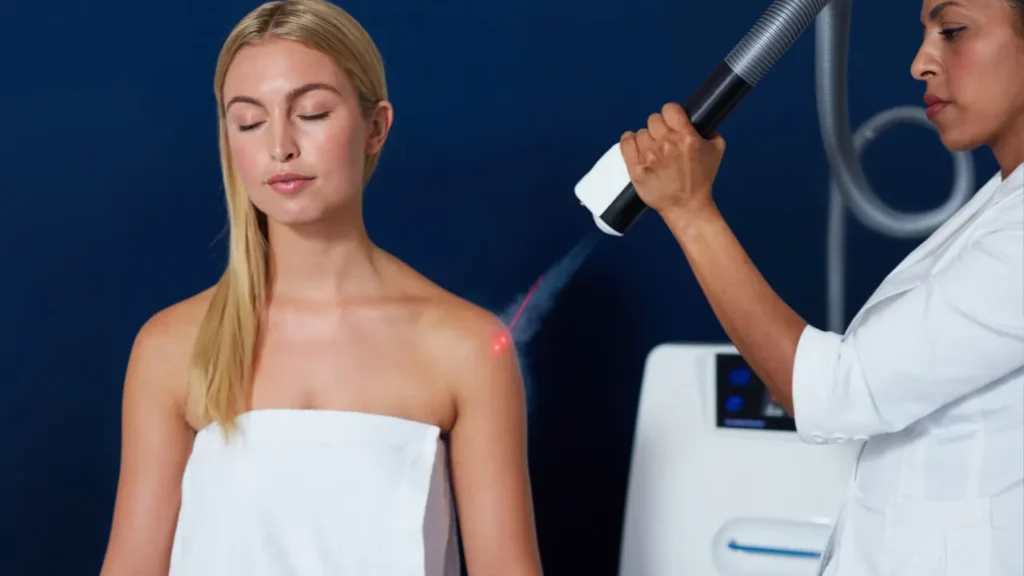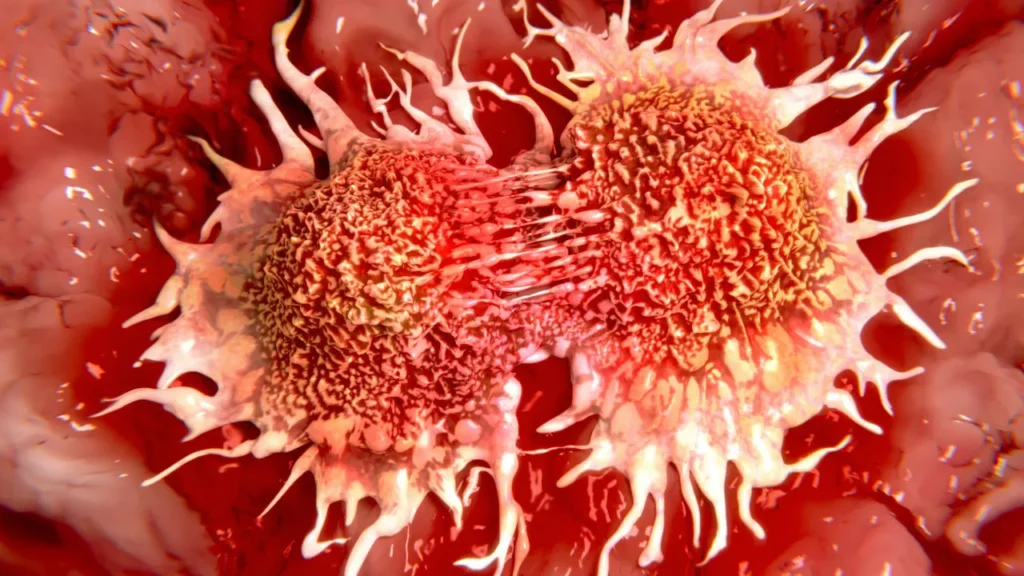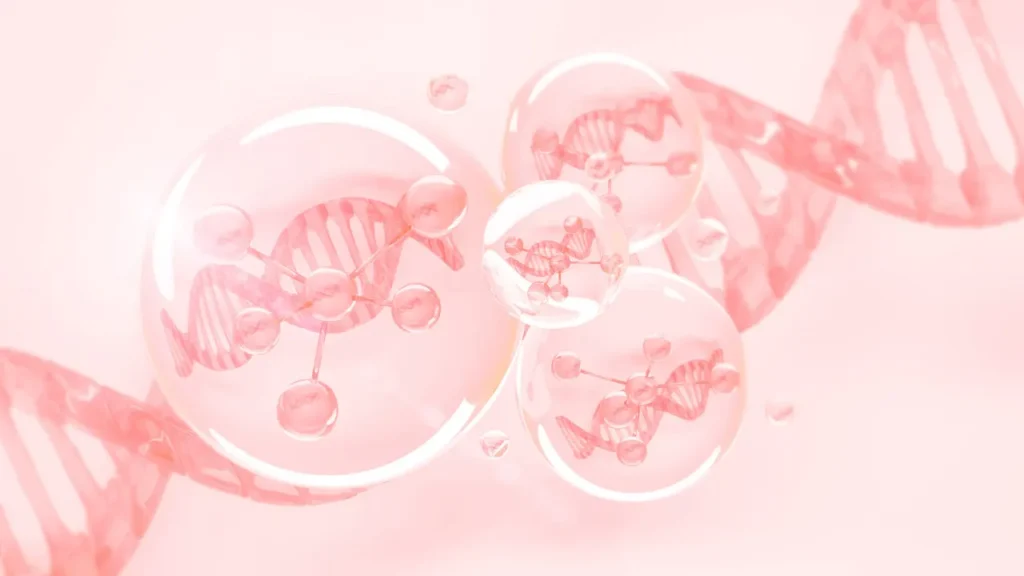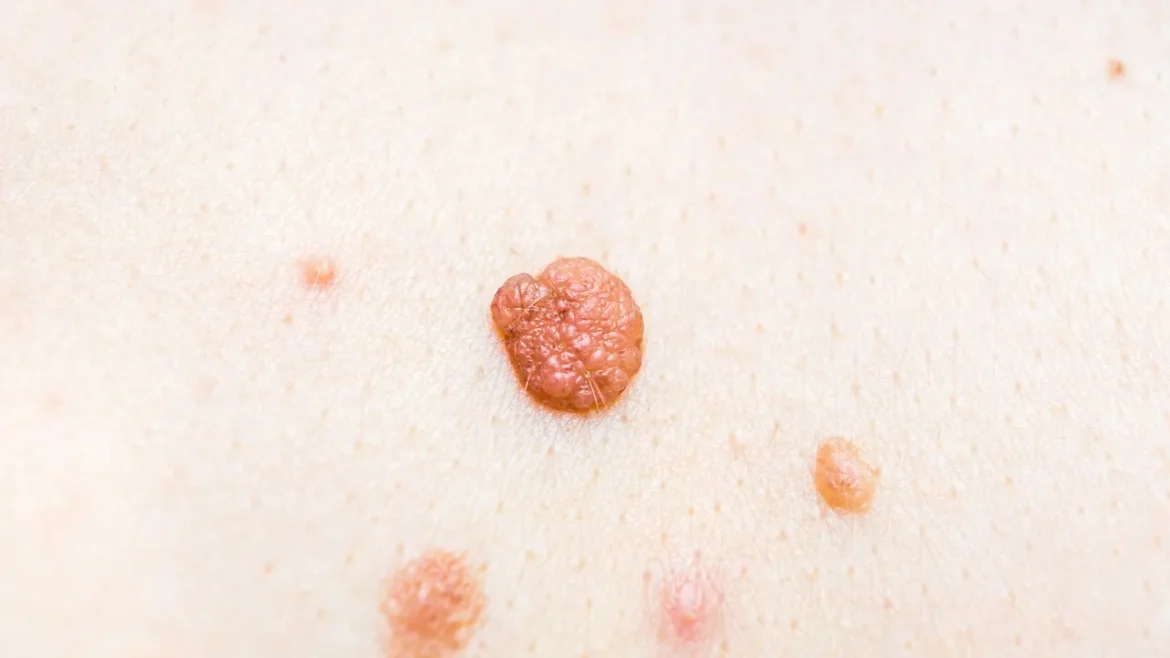Description
Among the most common forms of skin cancer, which represents a sizable fraction of all identified scenarios, includes squamous cell carcinoma (SCC). Squamous cells are composed of tiny, flat cells that constitute the top layer that covers the skin along with other tissues. When they proliferate beyond control, SCC occurs. The cheeks, neck, ears, lips, and hands are among the body parts that are frequently affected by it.
You May Also Like:
TOP 3 MUSHROOMS FOR MEMORY– YOU WILL NEVER FORGET NUMBER ONE
FINDING THE BEST LION’S MANE MUSHROOM SUPPLEMENT: 5 TOP BRANDS REVIEWED
Squamous cell carcinoma: Description, Causes, and Treatment Protocol is an original (HealthXWire) article.
Possible Causes
Numerous factors, comprising lifestyle, genetic, and environmental factors, may contribute to squamous cell carcinoma (SCC). The principal SCC-related causes are listed below: –
Ultraviolet (UV) Radiation: Long-term exposure to UV rays from sunlight or synthetic sources, such as tanning beds, constitutes an important trigger for SCC. DNA damage from UV radiation causes genetic alterations and the growth of malignant cells within skin cells.
Having Light Features and Fair Skin: Melanin, which naturally protects against UV radiation, is less prevalent in those with fair complexions, light hair, and eyes. They are therefore more vulnerable to sun exposure and run a higher risk of developing SCC.
Tobacco Use: SCC has been associated with a higher probability of smoking and other tobacco usage, notably in the lungs and oral cavity. Tobacco contains substances that can harm DNA and encourage the growth of malignant cells.
Age and Gender: Older people, especially those over 50, are more likely to develop SCC. Furthermore, compared to women, men have a larger tendency to acquire SCC.
Environmental Exposures: SCC may occur as a result of protracted exposure to particular environmental elements like arsenic, radiation, pollution, and industrial chemicals.
Previous Skin Damage: SCC risk might be increased by previous skin damage, like burns, scars, open sores, or skin cancer. The likelihood of genetic anomalies and aberrant cell development is higher in damaged skin cells.
Immunosuppression: SCC is more likely to occur in people whose immune systems have been compromised by organ transplantation, specific drugs, or medical problems.
Exacerbating and Mitigating Factors
Factors that make squamous cell carcinoma (SCC) worse: –
Cumulative Sun Exposure: The development of SCC is significantly influenced by prolonged and excessive sun exposition to ultraviolet (UV) rays. UV light harms skin cells’ DNA over time and raises the possibility of malignant mutations.
Intense Sun Exposure: Sunburns caused by prolonged or intense sun exposure, particularly during adolescence or childhood, may foster the possibility of SCC in later years. Avoiding too much sun exposure is essential, in particular during peak hours when the rays of the sun are highest.
Fair Skin: People with fair complexions, light hair, and eyes have an increased likelihood of contracting SCC as an outcome of being more vulnerable to sun exposure.
Previous Skin Damage: Scarring, burning, open sores, persistent wounds, or prior skin cancer all enhance the chance of SCC. Skin cells with damage are more susceptible to mutations and aberrant development.
Exposure to Carcinogens: Long-term exposure to several carcinogens, including coal tar, industrial chemicals, and some pesticides, can raise the possibility of acquiring SCC. SCC development may be influenced by occupational exposure to specific compounds, as is found in some sectors.
Immunosuppression: SCC is more likely to occur in people whose immune systems are already compromised, such as those who are undergoing organ transplantation, taking immunosuppressive drugs on an ongoing basis, or those who have HIV infection. A weak immune system makes it harder for the body to recognize and get rid of malignant cells.
Factors that can reduce the risk of squamous cell carcinoma (SCC): –
Lifestyle Modifications: A balanced diet, consistent exercise, and abstaining from smoking or using tobacco products can all help lower the chance of getting SCC. An immune system that is healthy and nourished is better able to fend off the formation of malignant cells.
Sun Protection: The likelihood of acquiring SCC can be considerably decreased by using sun protection methods. They consist of: –
- Using broad-spectrum sunscreens that have SPF 30 or greater on exposed skin and applying again every two hours, after swimming, or after perspiring.
- Wearing sun-protective gear, including wide-brimmed hats, long sleeves, and sunglasses.
- Avoiding the sun between the hours of 10 a.m. and 4 p.m. or finding shade.
- Preventing UV artificial sources, like tanning beds.
Regular Skin Examinations: Routine skin self-examinations might aid in spotting any new or evolving lesions. Any abnormal or alarming lesions should be promptly checked by a medical practitioner.
Early Diagnosis and Treatment: Early detection of skin anomalies, like new growths, modifications to moles, or chronic sores, can aid in prompt detection and therapy, improving the prognosis for SCC.
Occupational Safety Measures: People who operate in fields where exposure to probable carcinogens occurs should adhere to the established safety procedures, which include donning protective clothing and gear and employing personal protective equipment.

Standard Treatment Protocols
The dimension, location, and phase of the tumor, along with the patient’s general condition, all influence how SCC is treated. Typical treatment regimens comprise the following: –
Surgical Excision: The main course of action for SCC is surgical excision. To guarantee full removal, the tumor and an edge of healthy tissue must be removed. According to the dimension and position of the tumor, this operation might need stitches or skin transplants and is normally carried out under local anesthetic.
Mohs Surgery: For the treatment of SCC, a specific surgical procedure called Mohs surgery is employed, especially on the face and other places where it is important to preserve good tissue. Thin tissue layers are systematically removed during a Mohs procedure and studied under the microscope. This method minimizes injury to good tissue while precise mapping and removing malignant cells. Mohs surgery has a high rate of success in curing malignancies, and it works especially well for big or recurring lesions.
Radiation Therapy: In radiation therapy, cancer cells are targeted and destroyed using X-rays with high energies or other forms of radiation. It is frequently used in place of surgery or in conjunction with it to treat SCC that is big, invasive, or situated in difficult places. Individuals who are not good surgical candidates for a variety of reasons might profit from radiation therapy. Brachytherapy or internal radiation and external beam radiation are two common forms of radiation treatment for SCC.
Cryotherapy: In cryotherapy, aberrant cells are frozen and destroyed using liquid nitrogen or a different kind of freezing agent. This method is frequently employed to treat precancerous lesions like actinic keratosis or superficial SCC. Although it may take several treatments to clear a condition completely, cryotherapy is a reasonably easy process that patients handle well.
Topical Medications: In order to treat precancerous lesions or superficial SCC, topical medicines are given directly to the afflicted region. The following are the two most typical topical drug classes used for treating SCC: –
- Chemotherapy Creams
Chemotherapy drugs like diclofenac or 5-fluorouracil (5-FU) may be used in prescription gels or creams to target and kill malignant cells.
- Immunotherapy Creams
Creams like Imiquimod help the immune system identify and eliminate cancer cells. Actinic keratosis and superficial SCC can both be effectively treated with them.


Treatment Options
Although regular treatment approaches are the main strategy for controlling SCC, there are a number of therapeutic choices and adjunct treatments that could help improve outcomes and minimize side effects: –
Targeted Therapies: Advanced SCC may occasionally be treated with targeted therapy. These treatments try to stop the growth of cancer by blocking particular molecular pathways or targets. Both epidermal growth factor receptor (EGFR)-targeting medications and hedgehog signaling pathway inhibitors are two examples.
Photodynamic Therapy (PDT): A photosensitizing agent is applied to the skin during PDT, and the skin is subsequently exposed to a certain wavelength of light to activate the agent and kill cancer cells. PDT can be combined with other treatments to treat actinic keratosis and superficial SCC.
Systemic Chemotherapy: For SCC which has metastatically spread to other areas of the body, systemic chemotherapy might be an option. For targeting cancer cells all across the body, chemotherapy medications like cisplatin, paclitaxel, or 5-fluorouracil (5-FU) might be injected. Systemic chemotherapy, nevertheless, is normally only used in severe cases or in situations where other forms of therapy are impractical.
Electrodesiccation and Curettage (ED&C): An electric current is used to cauterize the area after the tumor has been removed using an instrument called a curette, i.e., which resembles a spoon. For modest SCCs in non-critical locations, this technique is frequently used.
However, it is crucial to understand that the choice of SCC treatment plans and alternatives depends on a number of variables, including the phase, location, and dimension of the tumor along with the patient’s general health and preferences. According to these variables, the medical professionals will choose the best course of action, and for the best outcomes, they may even combine many different treatments.


Conclusion
Squamous cell carcinoma (SCC) is a common form of skin cancer that originates from the squamous cells in the epidermis layer of the skin. The primary cause of SCC is prolonged exposure to ultraviolet (UV) radiation. While having fair skin, increased tobacco use, increased age groups, environmental exposure, or skin damage may lead to SCC as well. When you are exposed to too much sunlight or for too long, the chance of the mutated DNA in the skin cells increases over time.
To prevent SCC, you must have good sun protection, have regular skin examinations, and modify your lifestyle to protect your delicate skin. Prompt treatment is crucial for positive outcomes and common measures to remove SCC include surgical excision, cryotherapy, immunotherapy creams, and radiation therapy. The choice of treatment defers based on various factors, including the stage, location, and size of the tumor while a combination treatment plan also exists for a more personalized and efficient treatment plan. Patients must work together with their doctor for optimal care as it increases the chances of long-term survival.


Additional resources for further reference
https://www.aad.org/public/diseases/skin-cancer/types/common/scc
https://www.ncbi.nlm.nih.gov/books/NBK441939/
https://my.clevelandclinic.org/health/diseases/17480-squamous-cell-carcinoma
Important Note: The information contained in this article is for general informational purposes only, and should not be construed as health or medical advice, nor is it intended to diagnose, prevent, treat, or cure any disease or health condition. Before embarking on any diet, fitness regimen, or program of nutritional supplementation, it is advisable to consult your healthcare professional in order to determine its safety and probable efficacy in terms of your individual state of health.
Regarding Nutritional Supplements Or Other Non-Prescription Health Products: If any nutritional supplements or other non-prescription health products are mentioned in the foregoing article, any claims or statements made about them have not been evaluated by the U.S. Food and Drug Administration, and such nutritional supplements or other health products are not intended to diagnose, treat, cure, or prevent any disease.
Table of Contents


